9 microwave mistakes you never knew you were making

Having one of the best microwaves can offer the convenience you need to heat up foods or drinks in no time. But while they seem easy enough to use, there may be microwave mistakes you never knew you were making.
Similar to putting the wrong things in the microwave, these common errors could either ruin your microwave or make you sick. In addition, not using your appliance correctly could cost you money on expensive repairs or a new microwave altogether.
So, before you press the ‘start’ button, find out the 9 microwave mistakes you never knew you were making, and avoid a potential disaster.
1. Not covering your food while heating

Not covering foods is one of the most common mistakes we tend to make. Not only will this leave messy food splatters inside your microwave, but it also causes foods to heat unevenly. This can result in foods being cold in some spots and piping hot in others, which can be unsafe to eat. Covering foods with a microwave-safe lid, splatter guard or even kitchen towel will assist in heat distribution — in a pinch, a paper towel will work — and retain the moisture. Plus, it will save you from having to clean it all the time.
2. …or using the wrong cover

If you do use a cover, be sure to check that it’s labelled, ‘microwave-proof’, and safe to use. Certain plastics can be harmful to use in the microwave, as they could leak poisonous toxins into foods at such a high heat. Some might also melt and deform, too. So always check covers before you buy.
3. Heating foods in the wrong type of container
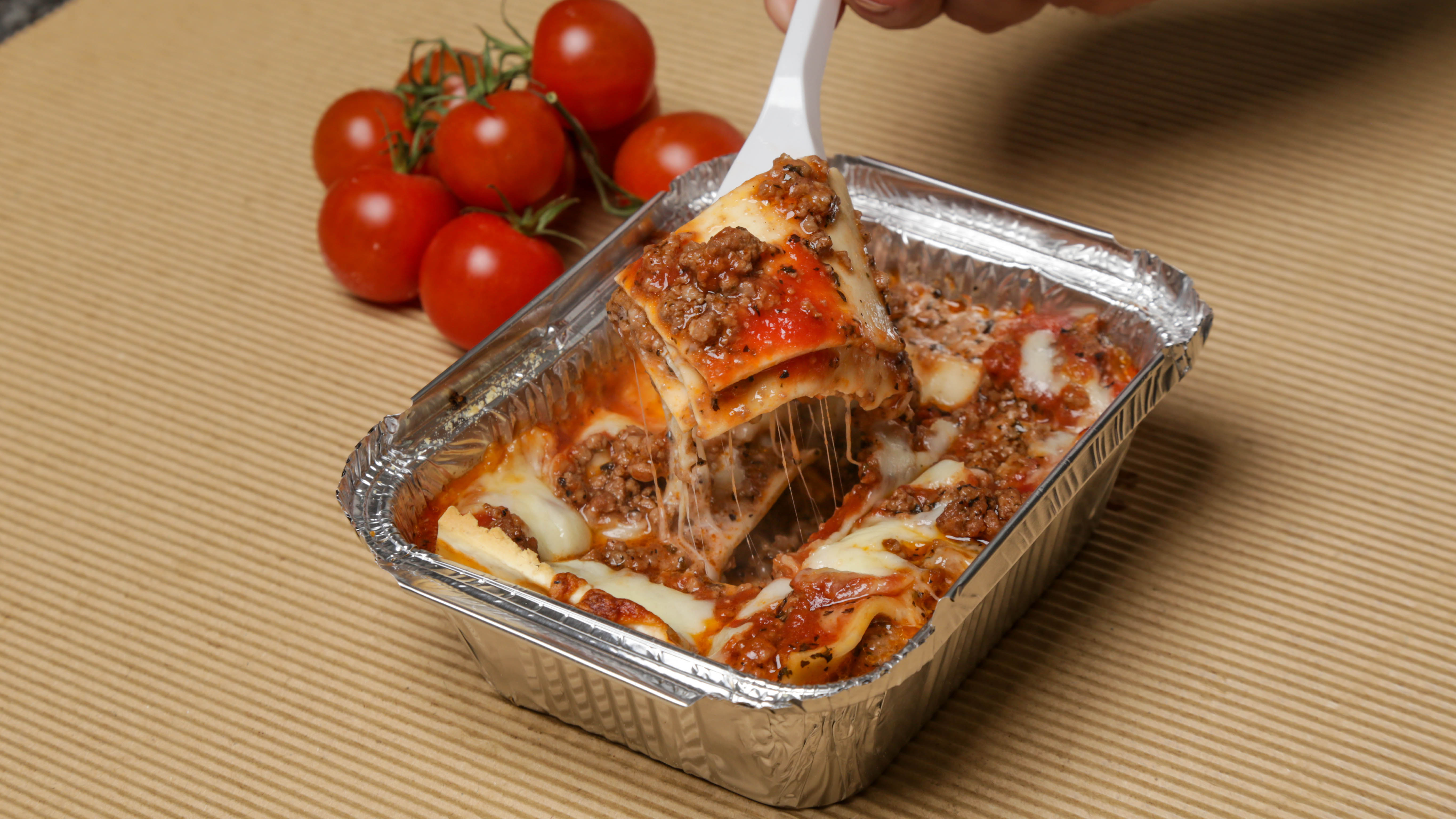
We often think that we can reheat take out food in their original containers, but this is a firm no-no. Aluminium foil containers are particularly hazardous as once exposed to the micro waves, this will reflect the heat, causing the metal to burn rapidly and potentially ignite. In addition, styrofoam and certain types of plastics can melt or release chemicals and contaminate foods. If in doubt, transfer your food to heat-proof glass, ceramic containers or any other microwavable dish.
4. Not letting hot food ‘rest’ before eating

You may be hungry, but don't be tempted to eat steaming, hot foods straight away. Similar to oven cooking, leave the food out first, to allow the temperature to cool down and even out. After a few minutes, you can safely enjoy your meal without the worry of burning your mouth!
Get instant access to breaking news, the hottest reviews, great deals and helpful tips.
5. Putting ‘exploding’ foods in the microwave
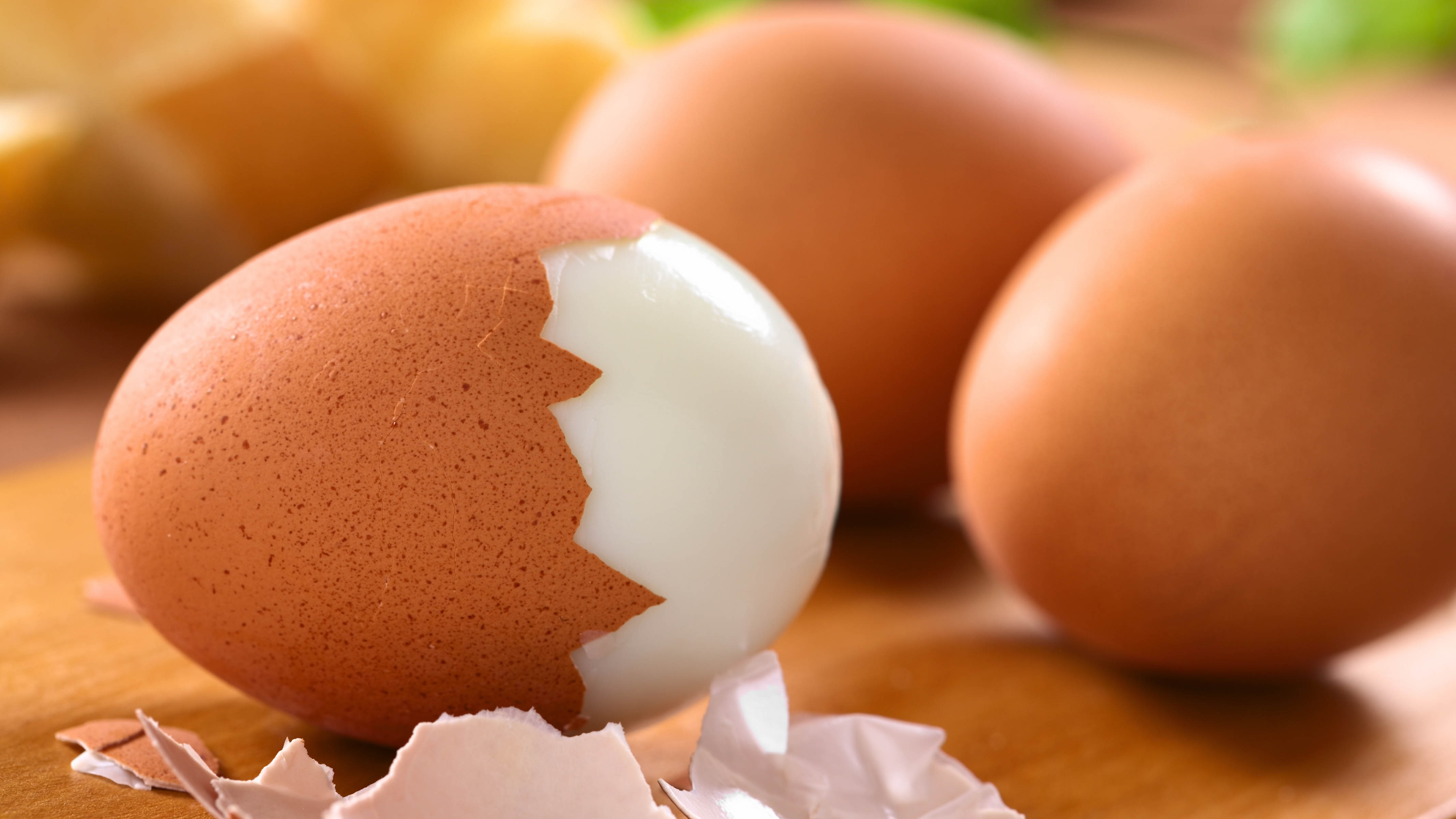
Not all foods can be heated in a microwave, and can often ‘explode’ to create messy results. Foods such as hot (spicy) peppers, eggs, whole potatoes, and hot dogs are all known to explode at high temperatures, and can even catch fire in the microwave. Tomato pasta sauce in particular, has a thick consistency, making it difficult for the steam beneath the surface to escape. This is why you’ll usually hear it pop or see it splatter everywhere after you've heated up your spaghetti dishes. It’s always best to use a splatter guard, or heat sauces in a pot over the stove.
6. Using the wrong power setting
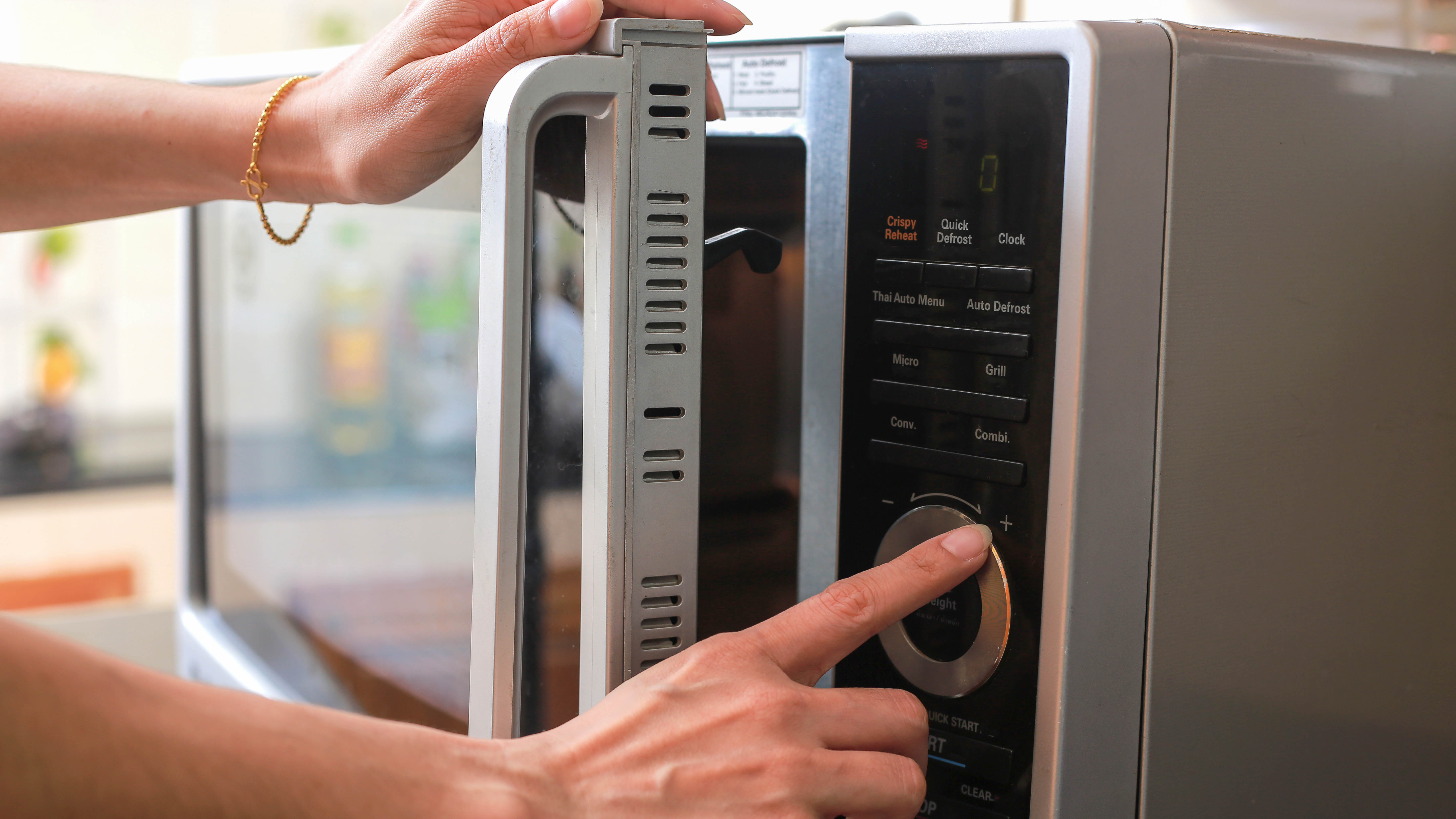
While many of us simply press a button to heat our foods, how many actually adjusts the power levels? Using the right power setting for different foods will give you better results. If not, it will default to ‘high’ and won't evenly heat all food types, leaving it with cold and hot spots. In fact, experts warn against using the '30-second button' to quickly reheat food, as it will use the highest power setting. Try to use a lower power level when heating foods to ensure even and consistent results.
7. Defrosting meat incorrectly
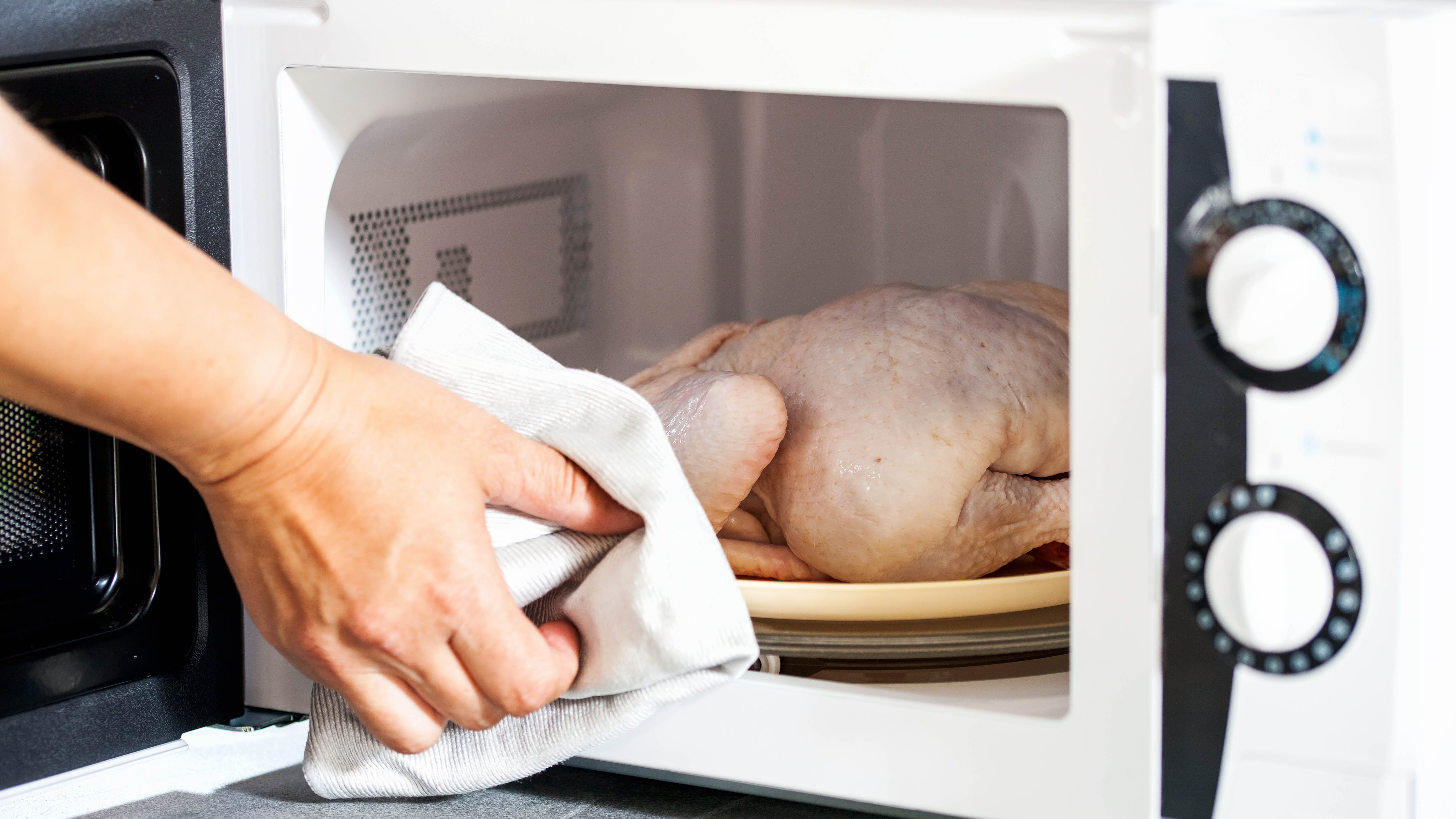
Microwaves are not just great for reheating foods, but handy for defrosting meats and meals. However, not defrosting properly can leave you with partially frozen or partially cooked meat. Typically, remove the frozen meat into a microwave-safe dish. Set the microwave to defrost, enter the weight, and set on the lowest power (or 20-30% power). Then, defrost for 8-10 minutes, per 0.5kg — always checking the meat every minute or so before turning over.
Certain microwaves have automatic defrost settings, so always follow the guidelines of your particular model. Bear in mind though, that you must cook the food immediately after defrosting, or else harmful bacteria could start to grow.
8. Not cleaning often
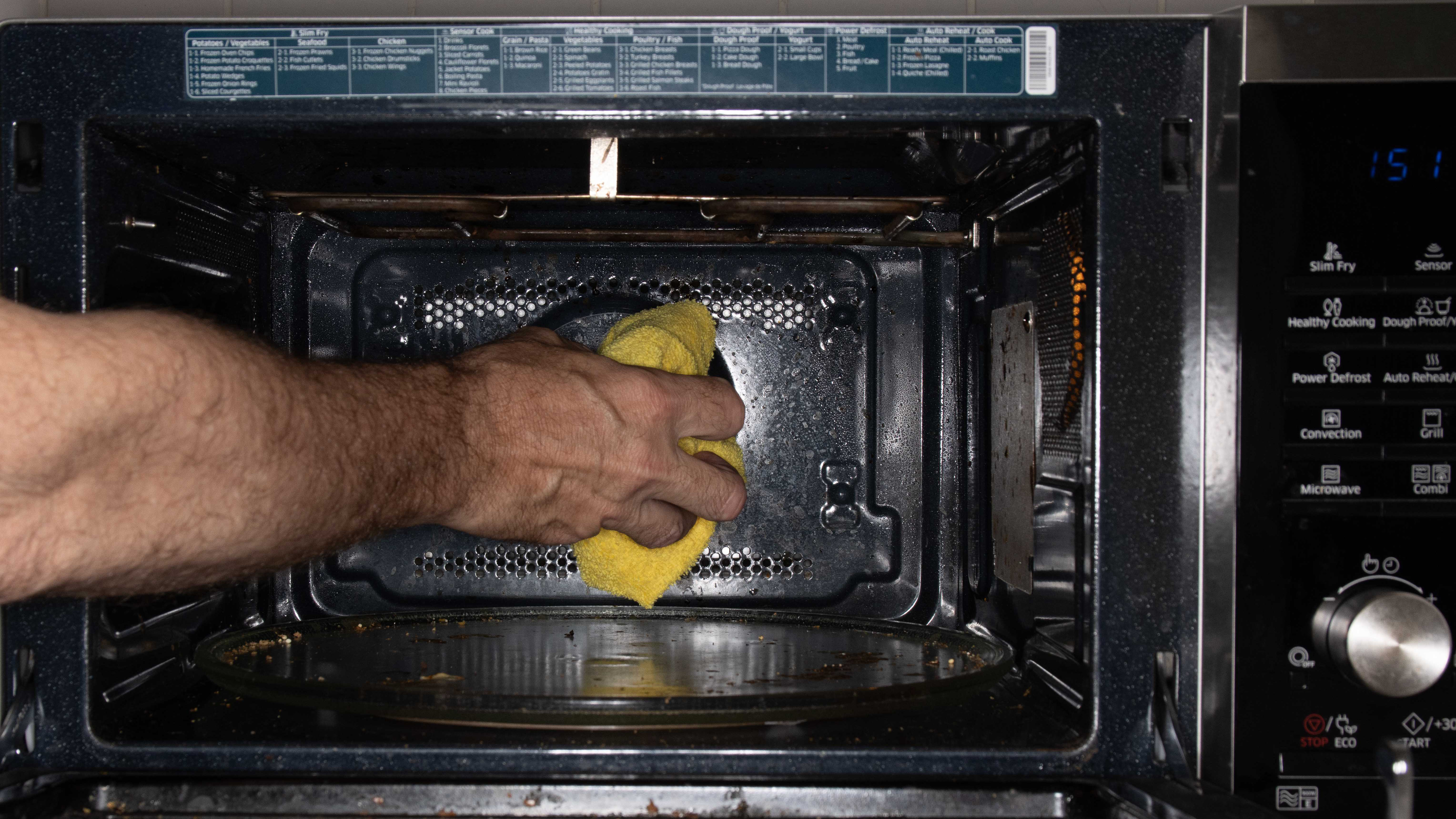
When was the last time you deep-cleaned your microwave? Quite often, we’ll leave a spill or spatter with the intention to wipe it up later, but never get round to it. Just like our other kitchen appliances, it's vital to regularly clean a microwave properly to get rid of grime and grease. What’s more, experts suggest that leaving food splatters in your microwave slows down cooking time, as it heats the residue as well as your meals, each time. Gross!
9. Buying the wrong microwave
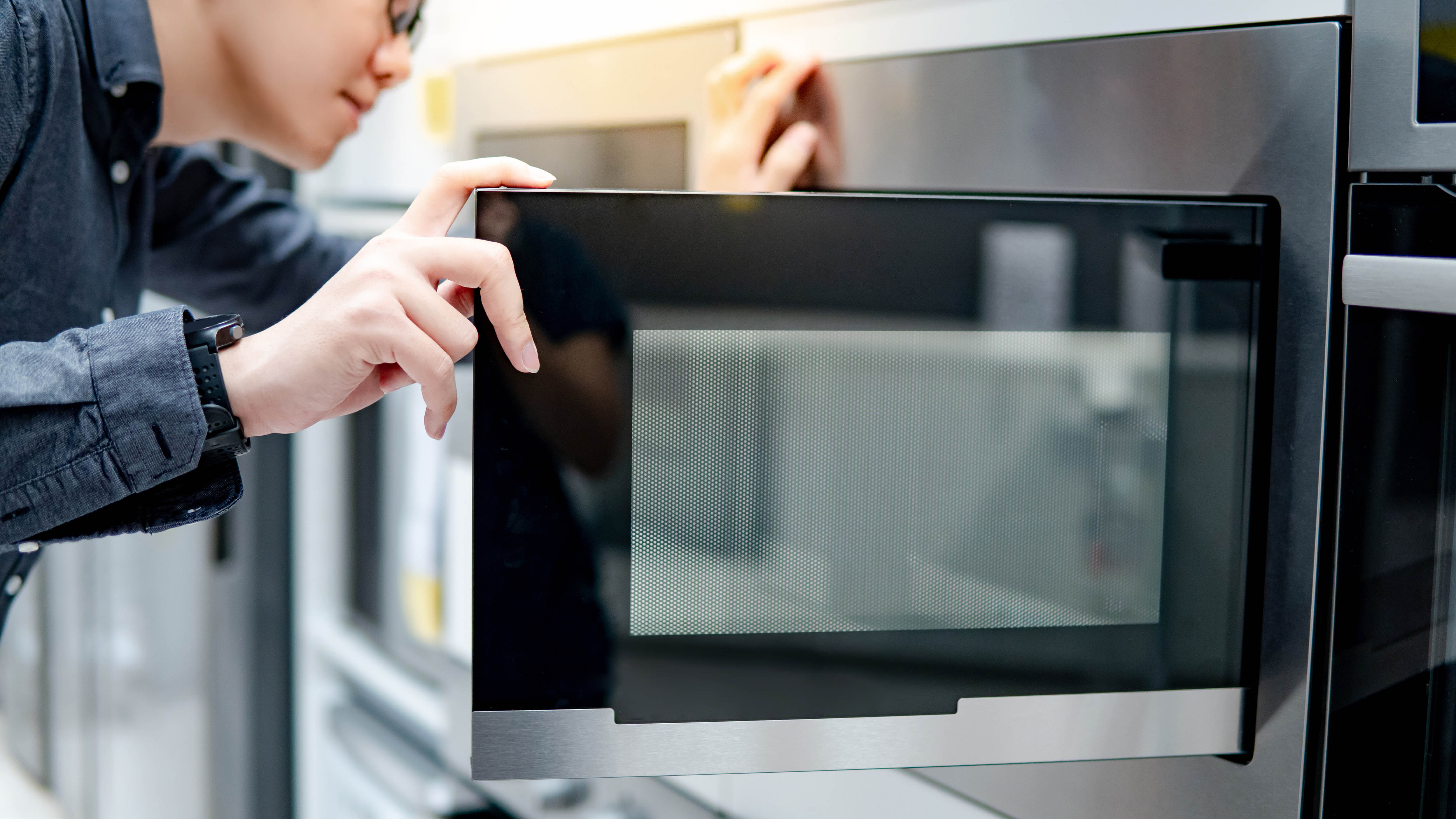
With so many best microwaves available, it can be tricky to know which one is suitable for your home. Buying the wrong microwave for your needs is a common mistake. Things like making sure it fits in your space correctly, or whether the capacity can hold your giant dinner plates are essential. Nowadays, many microwaves come with a range of features including 'sensor cooking', which automatically controls the cooking time. So always research the model of the microwave, specs, power, reliability and any extra features before you buy.
If you want more impressive cleaning tips, check out how to clean a baking sheet in 3 easy steps to make it just like new. Here are 9 things you didn’t know you could clean with a lemon, 10 things you didn’t know you can clean with baking soda, or 11 things you didn’t know you could clean with toothpaste for a spotless home.

As the Homes Content Editor, Cynthia Lawrence covers all things homes, interior decorating, and garden-related. She has a wealth of editorial experience testing the latest, ‘must-have’ home appliances, writing buying guides and the handy ‘how to’ features.
Her work has been published in various titles including, T3, Top Ten Reviews, Ideal Home, Real Homes, Livingetc. and House Beautiful, amongst many.
With a rather unhealthy obsession for all things homes and interiors, she also has an interior design blog for style inspiration and savvy storage solutions (get rid of that clutter!). When she’s not testing cool products, she’ll be searching online for more decor ideas to spruce up her family home or looking for a great bargain!
